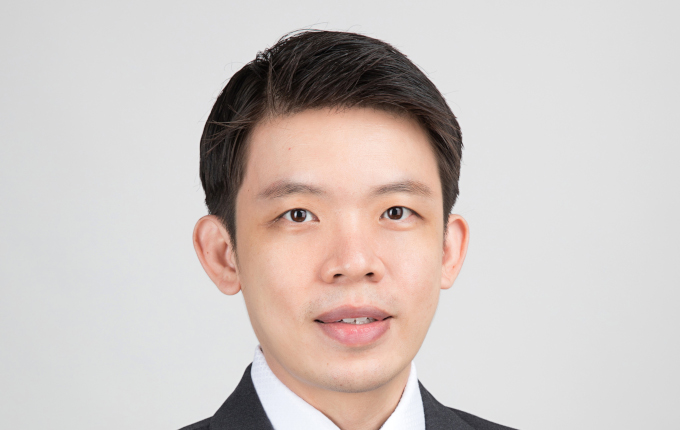The endowment model is known for its relatively high allocation to illiquid investments. Understanding the portfolio impact, having a strong portfolio construction and harvesting sustainable risk premiums are key to a successful investment portfolio, Singapore Management University's Kif Ho says.
Register to Access this Exclusive [i3] Insights Article
Create a free account to access exclusive interviews with asset owners, revealing insights on investment strategies, market trends, and portfolio allocations.
If you already have an account you can Login .
If you have any issues registering an account please send us an email at [email protected].


